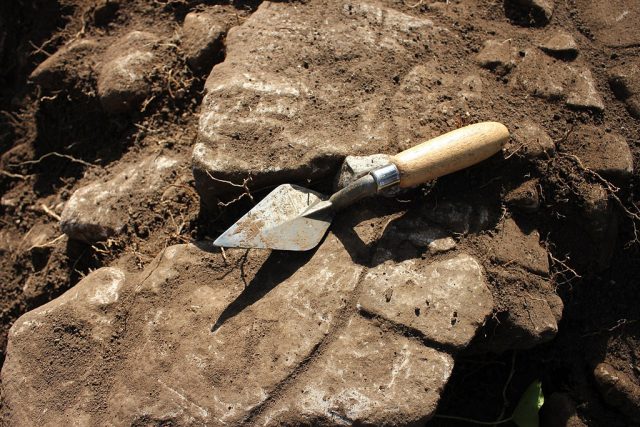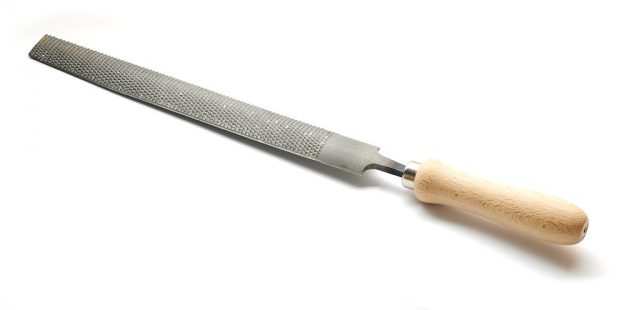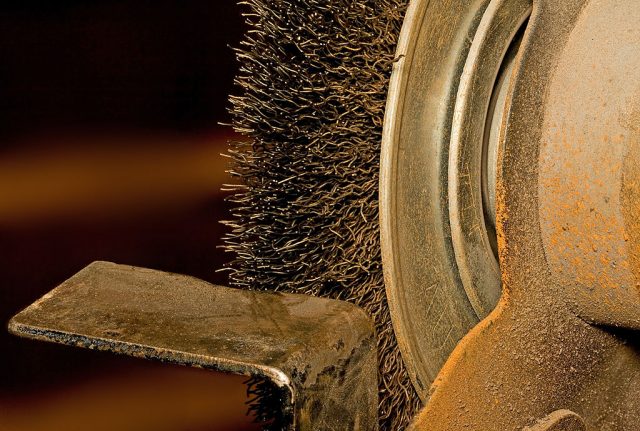How to sharpen your trowel by hand – for those of us who like ‘digging’ when we are out
As an archaeologist, whether by hobby or by profession, your most important tool is your trowel. Sharpening this tool properly is key. The job of sharpening will probably take about half an hour.
To begin with, you need the correct type from a reputable brand. Marshalltown or WHS pointing are often recommended. These are robust and are likely to withstand a fair bit of abuse.

If your trowel is brand new and has not been sharpened before, you should perhaps use a bench grinder to achieve the first sharp edge. Bear in mind that it is likely to take a bit more time if the edge you are working on has never been sharpened before.
Be sure to have a clean flat file or rasp. Check there is no dirt clinging to it by first brushing it off with a wire brush. It is preferable to do this in a workshop or outdoors to save the carpets!

Put the blade, with the handle pointing towards your body, on to your thigh above your knee. Hold the file flat and parallel to the trowel blade. Draw the file across the long edge of the trowel towards your knee and away from your body.
Keep the motion long, start at the middle of the trowel and aim outwards. You will want a shallow sharp edge. Repeat these strokes. Do not scrape to and fro. You will need to work on both the inside and outside edges but the bottom of the blade does not need to be sharp.
The two short edges of the blade closest to the grip need not be sharp as this will not improve the efficiency of the trowel, and it could even prove quite dangerous if your hand were to slip onto the edge of the trowel while you are working.

You can use a bench grinder, but grind at a fairly shallow angle. An extremely sharp blade is not always the answer at a dig, as it may actually cause damage to valuable finds by cutting into bone or soft ceramic pieces. Carefully consider what you need in each situation before deciding how sharp the edges on your trowel need to be.
If you have any comments then please drop us a message on our Outdoor Revival Facebook page
If you have a good story to tell or blog let us know about it on our FB page, we’re also happy for article or review submissions, we’d love to hear from you.
We live in a beautiful world, get out there and enjoy it. Outdoor Revival – Reconnecting us all with the Outdoors.





